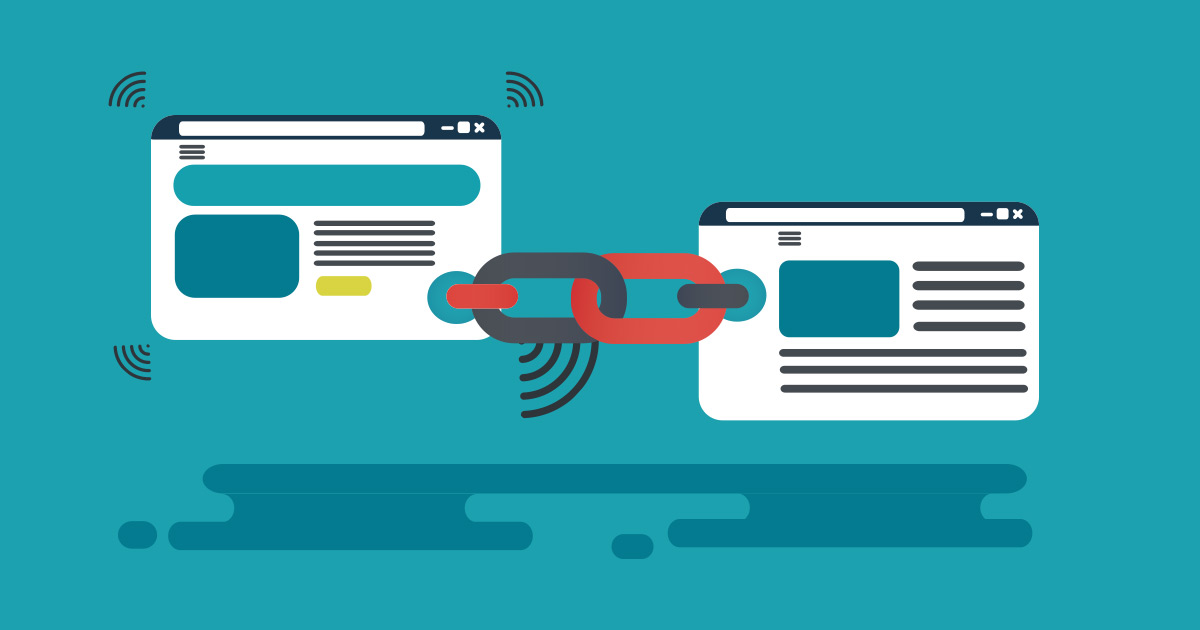

Most of you know that backlinks matter for SEO, but do you know why? If you’re new to the digital space, you may not realize how important backlinks are; or that their importance ebbs and flows as the search algorithm is updated. Understanding what backlinks do and how their impact has changed over time can help you build a better link profile that will help you get found more readily in the SERPs.
So, let’s dive into to why you should care about backlinks. If you don’t already know, a backlink is a hyperlink that points back to a page on your website from another site. Just like other websites can create backlinks to your site, so can you create external links from a page on your site to another website. This type of linking relationship is very important to SEO, because each backlink in your link profile is an indicator of the importance of your website; and because of this, quality matters more than quantity. For example: in local SEO, you want to have backlinks from organizations you partner with, city business directories, local publications, etc. These types of links establish your business as an authority in your targeted metro, and you don’t have to have as many to attain this authority. In contrast, you could have thousands of lower quality links from other countries, but these can be spammy and reduced your authority and ability to rank in SERPs.
Now that you have a refreshed understanding of why backlinks are important, it is key to know how their weight in the search algorithm as changed since the dawn of the Internet. The very first algorithm update was in December 2000. Since then there have been dozens of confirmed algorithmic changes that have affected how we optimize for search; and this doesn’t even consider the dozens of additional, unconfirmed updates. Let’s discuss some of the major updates that have affected backlinks, specifically.
- Brandy: In February 2004 Google rolled out several changes and new concepts including “link neighborhoods.” This is one of the first times that Google gives reference to the ability to link one website to another.
- Jagger: This update began in October 2005, and targeted low-quality links from paid links and link farms.
- Caffeine: After a long testing period, Google rolled out Caffeine in June 2010 as a virtually new search index that resulted in 50% fresher results. Rather than analyzing the whole web in slower layers as the previous algorithm had done, Caffeine analyzed the web in smaller portions and updated SERPs continuously. This new index was the foundation of some big updates on down the line.
- Penguin: Most of you have probably heard of this update from April 2012. Also known as the “Webspam Update,” Penguin handed out major ranking penalties to businesses engaging in over-optimization tactics; including the purchase of irrelevant links through “link schemes.” This algorithm went through ten evolutions between 2012 and 2016 (with a few tweaks in early 2017) and affected a whopping 3.1% of English search queries at its launch. Penguin is now a core part of today’s algorithm.
- Hummingbird: The newest index was announced in August 2013, making the algorithm more complex by adding over 200 factors that affect a website’s ability to show up SERPs. This algorithm included previous updates, like the earlier versions of Penguin, and made it even trickier to understand the weight and quantity of requirements a site needed to meet to rank well.
So, now that you’ve been briefed on the history of the Google algorithm and its impact on backlinks, what does it all mean for you? There’s one thing you should know for sure: backlinks are likely to stay in regard to their place in the algorithm. The importance of reducing spammy tactics and improving search results for its users is a core focus of Google search; so, you can bet that as the web evolves, so will the search algorithm to exposed additional black hat linkbuilding tactics.
Hopefully, you understand the history and importance of backlinks better; but just in case, here are a few key takeaways:
- When it comes to backlinks, quality matters more than quantity
- Using link schemes or other black hat linking practices can get your site blacklisted in Google
- Over the last couple of decades, links have only increased in importance in regard to ranking
Looking for more information on SEO best practices and tactics? Check out Greg Gifford’s exclusive Local SEO book.



Cool post you’ve got here Greg. I do agree that backlinks still play an important role in giving value to a website but it all depends on the type of backlinks that you can get.